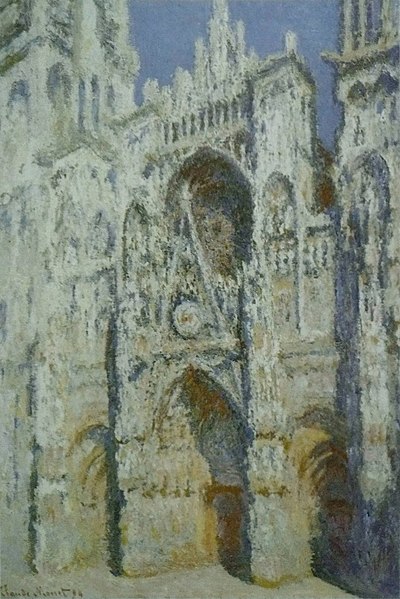Pedagogy - for the creator

One reason to copy other artwork is in order to learn from it. Centuries ago, apprentice painters would perform a number of tasks in their master's workshop, including copying the master's paintings. Even today you could go to many museums and see someone standing at an easel, painting their own rendition of the work on the wall. By doing this you are learning from the master, trying to reproduce the techniques of the original. Now, I'm not saying that in clicking LEGO bricks together you are learning the brush-strokes of the original (I suppose you could try to rebuild some of the work of Nathan Sawaya or something). However, as you spend time with the original work, you are learning more about it. For instance, if you sat down and copied Shakespeare's plays with a pencil and paper you'd end up memorizing large chunks. In a broader sense, you are learning about how the original artist composed the painting, color choices, etc. I really think that Moody was doing this in copying Sunday Afternoon on the Island of La Grande Jatte that I recently blogged.
Pedagogy - for the viewer
There are a lot of people who shy away from great art. They might think it's too highbrow, or too boring, or whatever. They'd rather die than be dragged to an art museum. Show them a LEGO rendition, OTOH, and they may find it quite fun. They may even be inspired to learn more about the original. The same sort of thing applies to kids. They may not have some of the strong biases against Art, but still they might find it easier to enter into the area through a medium they understand - LEGO. This is going to apply to a lot of the 'LEGO renditions of other art' that I feature here. I see this as a fun way to learn something about art, and perhaps impact people who would never read a straight art blog.
Original art


Sometimes a copy of a great artwork can itself be a great artwork. Often this is done by transforming the original, and forcing us to look at it in a different way. A great example of this is Monet's series of paintings of the Rouen Cathedral. You start with the original art, the cathedral itself, and transform it into something new, using a different medium, the impressionist paintings. Indeed you could say that any art that is drawn on some real thing, say a landscape or a portrait, is a copy. But the artist chooses the subject matter, and how to portray it in a meaningful way. There are many LEGO renditions of other art that do this, by transforming the original into the medium of plastic bricks. I would say that Veynom's Cube of Mondrian, and Sawaya's American Gothic that I've recently blogged both do this, in each case by taking the original two-dimensional work and bringing it into three dimensions.
No comments:
Post a Comment